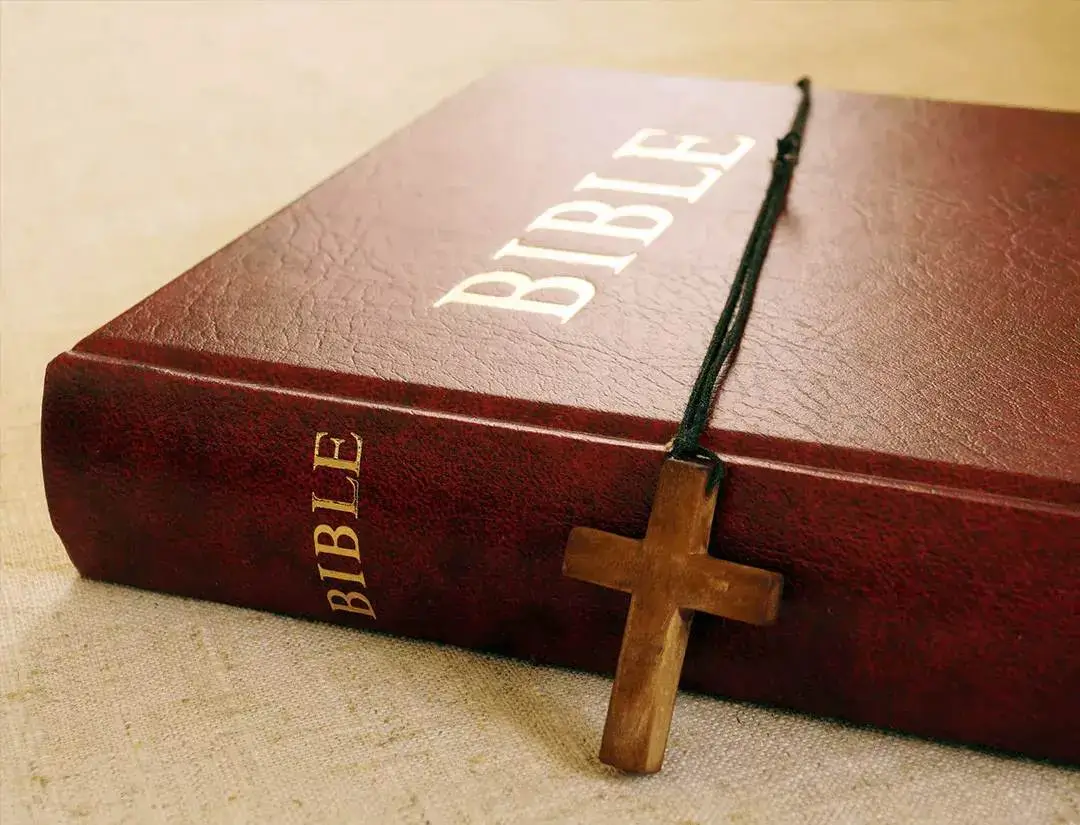Language
 Directory
Directory
Part 2
Noah's Ark and the Flood

The story of Noah's Ark and the Flood is found in the book of Genesis in the Old Testament of the Bible. It is a well-known account that recounts God's judgment on the wickedness of humanity and his rescue of Noah and his family.
The story begins with God observing the increasing wickedness and corruption of humanity. He decides to bring a worldwide flood to cleanse the earth and start anew. However, he finds Noah, a righteous man who found favor in his eyes. God reveals his plan to Noah and instructs him to build an ark.
Noah follows God's instructions precisely. The ark is constructed with specific dimensions and compartments for various kinds of animals. Noah is instructed to gather pairs of every living creature—male and female—so that they may be preserved during the flood. Additionally, Noah, his wife, his three sons, Shem, Ham, and Japheth, along with their wives, are to enter the ark.
When everything is prepared, the floodwaters come upon the earth, raining for forty days and nights. The waters rise, covering the entire earth, and all life outside the ark perishes. Noah, his family, and the animals remain safe inside the ark. They spend about a year onboard until the waters recede and the earth dries up.
At this point, God makes a covenant with Noah and his descendants, promising never to destroy all life by a flood again. As a sign of this covenant, God places a rainbow in the sky as a reminder of his promise.
The significance of the story of Noah's Ark and the Flood can be understood in several ways:
1. Judgment and mercy: The story reveals God's judgment on human sin and wickedness. The flood serves as a demonstration of his justice and holiness. However, it also depicts God's mercy and grace by providing a way of salvation for Noah and his family. It reminds us that God's judgment is always accompanied by his offer of redemption.
2. Faith and obedience: The story highlights Noah's faith and obedience in following God's instructions. Despite the ridicule and disbelief of others, Noah faithfully carried out God's commands, which resulted in his deliverance. It serves as an example of trust and obedience to God even when faced with difficulty or opposition.
3. Divine providence and preservation: The story demonstrates God's provision and protection for his chosen ones. God ensured that Noah and the animals were safely preserved during the flood, showing his care for his creation. It teaches us that God is able to protect and provide for those who put their trust in him.
4. Covenant and promise: After the flood, God establishes a covenant with Noah and his descendants, promising never to destroy the earth by a flood again. This covenant signifies God's faithfulness to his promises and his desire for a continued relationship with humanity.
5. Typology and foreshadowing: The story of Noah's Ark and the flood is often seen as a type or foreshadowing of future events. It serves as a metaphor for salvation through Christ, with the ark symbolizing safety in Christ and the floodwaters representing judgment. It points to the ultimate redemption and rescue found in Jesus.
The story of Noah's Ark and the Flood teaches important lessons about God's righteousness, judgment, mercy, faith, and covenant. It reminds us of God's role as our protector and provider and calls us to trust and obey him in the midst of challenges. Ultimately, it points to the hope of salvation and the faithfulness of God.




 Previous
Previous







